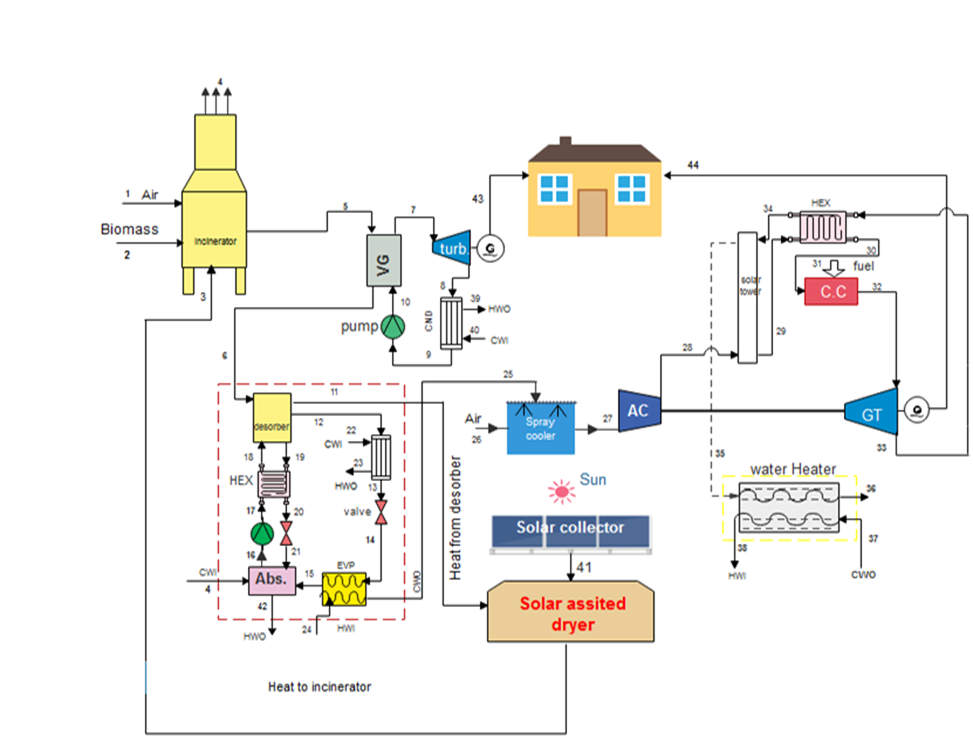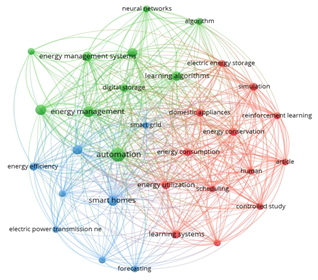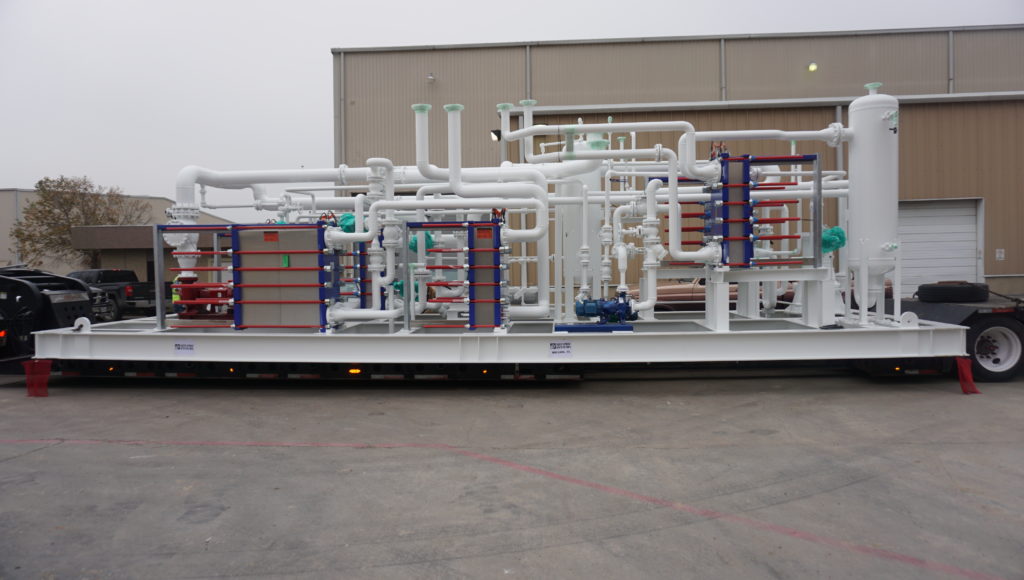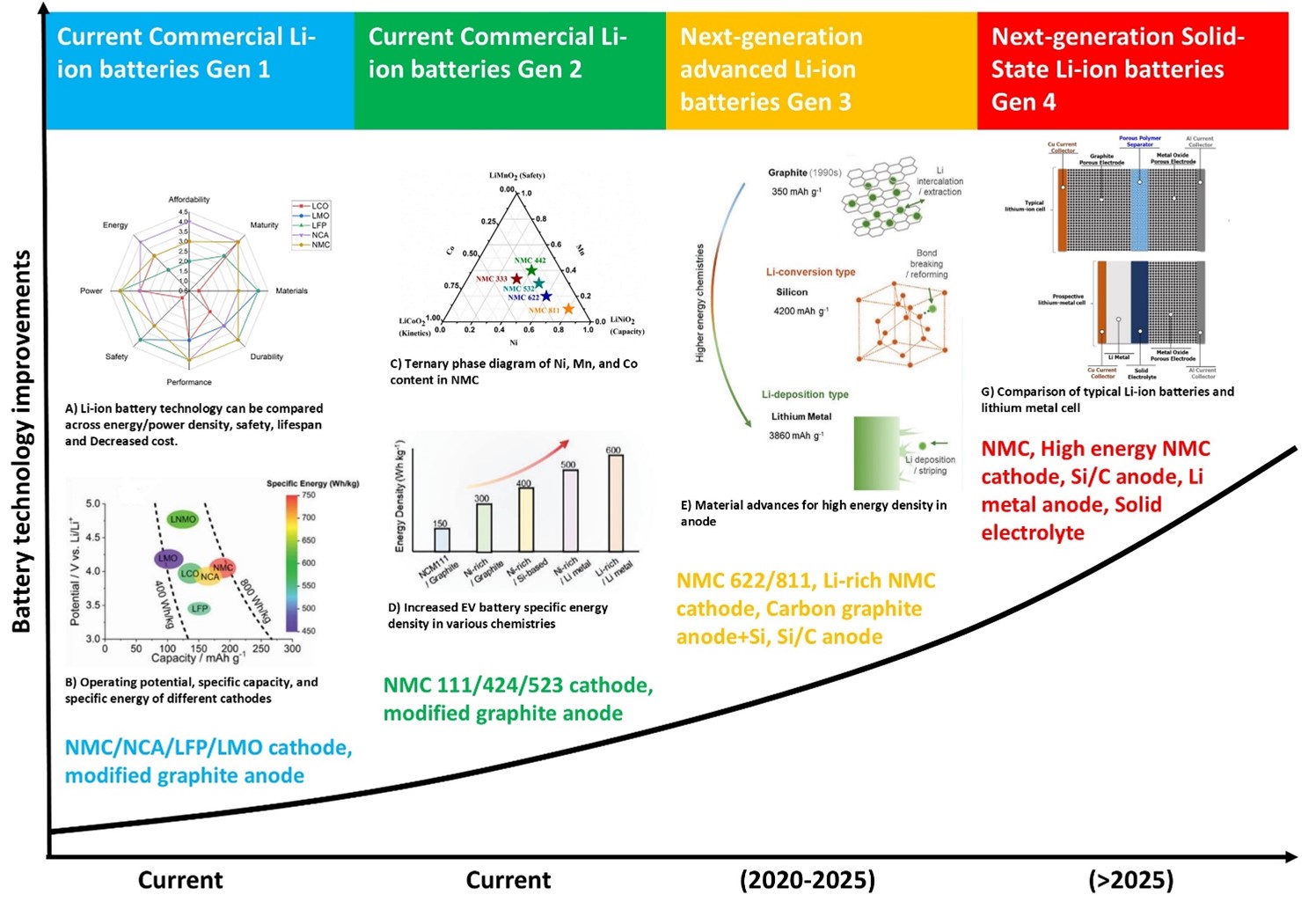Experimental study on combustion characteristics of billboard materials

Downloads
Billboards are permanent facilities in large commercial buildings, indoor and outdoor public places, and in fire accidents, billboards will become the main cause of the expansion and spread of fires. To reduce the fire accidents caused by the burning of billboards, this paper conducted experimental tests on 12 commonly used billboard material types of Polyethylene glycol terephthalate (PET) and Polyvinyl chloride (PVC). Among the 12 materials, only PVC4 belongs to the range of flame-retardant materials. PVC6 has the lowest calorific value, less heat release, and a stronger fire effect than other materials. The flammability experiment shows that the ignition time of the material is positively correlated with the combustion height under the same ignition method, and the ignition time is also positively correlated with the combustion width. Under the same ignition time conditions, the flame aspect ratio using edge ignition is greater than or equal to the flame aspect ratio using surface ignition, and the fire hazard is greater. It is necessary to avoid the presence of combustibles around 250 mm to cause fire spread. The monomer combustion experiment shows that the flame spread area of PVC material is much larger than that of PET material. Among all materials, the most dangerous is PVC6, which releases the largest CO concentration and the fastest rate after combustion, produces the most flue gas within 100 after combustion and has poor flame-retardant performance. The combustion of all advertising materials releases less CO and CO2 concentration, which can cause physiological adverse reactions in the human body but will not cause death.
Lee Y-W. The Effect of the Design Type of Outdoor Advertising Signboard in Traditional Markets. The Journal of the Korea Contents Association 2021;21(2):520-527.
Gann RG. Estimating data for incapacitation of people by fire smoke. Fire Technology 2004;40:201-207.
Blomqvist P. Emissions from fires consequences for human safety and the environment. Lund University; 2005.
Stec AA, Hull TR, Lebek K, Purser JA, Purser DA. The effect of temperature and ventilation condition on the toxic product yields from burning polymers. Fire & Materials 2008;32(1):49-60.
Xu W, Wang G. Influence of thermal behavior of phosphorus compounds on their flame retardant effect in PU rigid foam. Fire and Materials 2016;40(6):865-835.
A FLJ, B XL, C SJP. Synthesis and application of epoxy resins: A review. Journal of Industrial and Engineering Chemistry 2015;29:1-11.
M H. Future-oriented Digital Signage (DOOH) Regulations for the Development of the Outdoor Advertising Industry. Journal of OOH Advertising Research 2021;18(1):5-31.
M. AE, A. BA. A Systematic Investigation on the Influence of Intumescent Flame Retardants on the Properties of Ethylene Vinyl Acetate (EVA)/Liner Low Density Polyethylene (LLDPE) Blends. Molecules 2023;28(3):1-23.
Witkowski A, Girardin B, Foersth M, Hewitt F, Fontaine G, Duquesne S, et al. Development of an anaerobic pyrolysis model for fire retardant cable sheathing materials. Polymer Degradation & Stability 2015;113(mar.):208-217.
Courty L, Garo JP. External heating of electrical cables and auto-ignition investigation. Journal of Hazardous Materials 2017;321(2017):528-536.
Martinka JM, Filip. Assessing the fire risk of electrical cables using a cone calorimeter. Journal of thermal analysis and calorimetry 2019;135(6):3069-3083.
A ZW, B WD, C QJ, D CG. Influence of incentive frames on offline-to-online interaction of outdoor advertising. Journal of Retailing and Consumer Services;58:102282.
Du, Yong. Fire Behaviors of double-layer grid structures under a new temperature-time curve. Procedia Engineering 2017;210:605-612.
NSCORT A-. Estimation of rate of heat release by means of oxygen consumption measurements. Fire and Materials 1980;4(2):61-65.
Vangrevelynghe M, Nouvel LL, Pesenti C, Sonnier R, Ferry L, Gesta E, et al. A method to quantitatively assess the modes-of-action of flame-retardants - ScienceDirect. Polymer Degradation and Stability 2021;195:109767.
Stec AA, Hull TR. Assessment of the fire toxicity of building insulation materials. Energy & Buildings 2010;43(2):498-506.
Peck G, Jones N, Mckenna ST, Glockling JLD, Hull TR. Smoke toxicity of rainscreen faades. Journal of Hazardous Materials 2021;403:123694.
Pacheco-Torgal F. Introduction to advances in the toxicity of construction and building materials. Advances in the Toxicity of Construction and Building Materials 2022:1-7.
li My, Zhang Tj. Flame-retardant properties of PEEK fabric. Joumal of Textile Research 2010;31(01):91-95.
Karlsson B, Quintiere JG. Enclosure fire dynamics. Enclosure fire dynamics; 2000.
Dong Y, Liu J, Ai L, Liu P. Preparation and Properties of Flame Retardant Polyurea Elastomer. polymer materials science and engineering 2023;39(03):48-56.
Babrauskas V, Peacock RD. Heat release rate: The single most important variable in fire hazard. Fire Safety Journal 1992;18(3):255-272.















